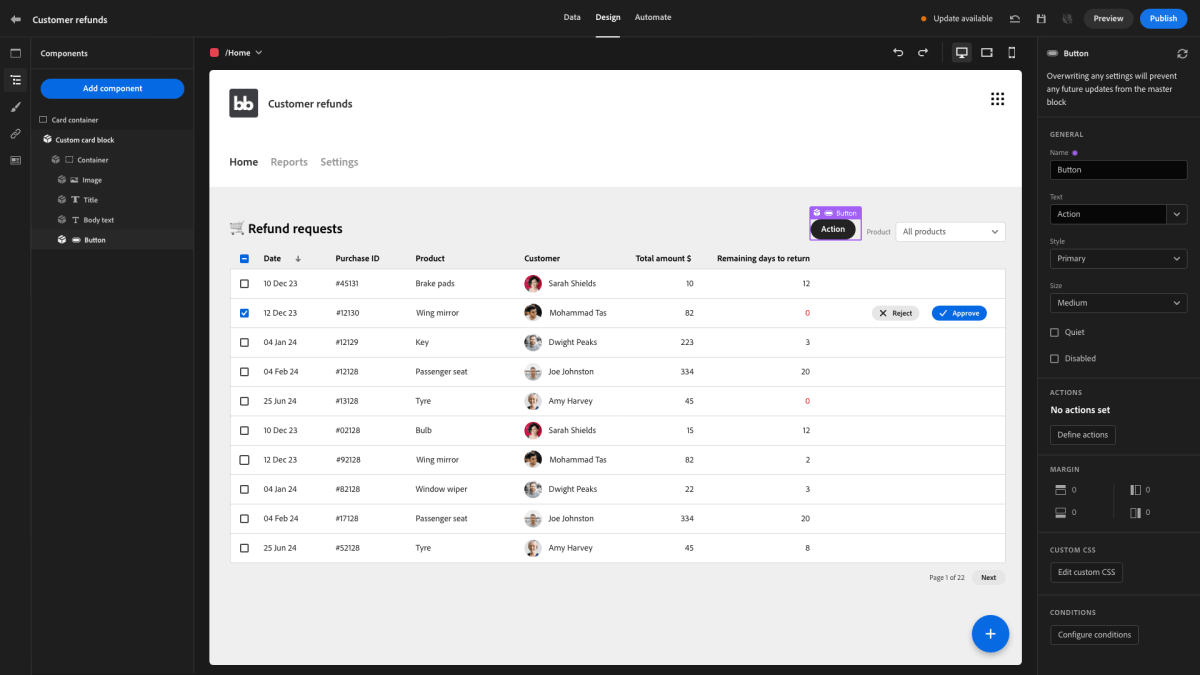LF Europe’s Project Sylva wants to create an open source telco cloud stack • ZebethMedia
The Linux Foundation Europe (LF Europe) — the recently launched European offshoot of the open source Linux Foundation — today announced the launch of Project Sylva, which aims to create an open source telco cloud framework for European telcos and vendors. This is the first project hosted by LF Europe and is a good example of what the organization is trying to achieve. The project aims to create a production-grade open source telco cloud stack and a common framework and reference implementation to “reduce fragmentation of the cloud infrastructure layer for telecommunication and edge services.” Currently, five carriers (Telefonica, Telecom Italia, Orange, Vodafone and Deutsche Telekom) and two vendors (Ericsson and Nokia) are working on the project. “There’s a whole bunch of Linux Foundation networking projects already that have taken telecommunications into the open source era,” Arpit Joshipura, the general manager for Networking, Edge and IoT at the Linux Foundation, told me. “All those projects are under what is called the [LF] Networking foundation. […] So whatever that work is that is done by the telcos, Sylva is going to leverage and build on top of it with these European vendors to solve EU specific requirements. Those are security, energy, federated computing, edge and data trust.” At the core of Sylva is a framework for a compute platform that can be agnostic to whether a workload is running on the telco access network, edge or in the core. The project aims to build a reference implementation, leveraging all of the work already being done by LF Networking, the Cloud Native Computing Foundation (the home of Kubernetes and other cloud-native infrastructure projects), LF Energy and others. All of this, of course, is done with a focus on the EU’s goals around security, data privacy and energy management, but even though the project has this EU focus, the overall ambition is broader and goes well beyond the European Union. Many of these regulations, after all, will make it to other markets as well. “Linux Foundation, Europe allows us to focus more on specific regional requirements, but without those siloes and fragmentation that foster that techno-nationalism, if you want to call it that, by really being able to foster local collaboration and then, pushing that stuff upstream gives us this amazing conduit to go across borders,” explained Gabriele Columbro, the general manager of the Linux Foundation Europe. The vendors joining the project all argue that they are doing so in order to reduce fragmentation as the industry moves to a cloud-centric model and to enable interoperability between different platforms. “The Telco Cloud ecosystem today is fragmented and slowing down our operational model transformation. Despite a transition to cloud native technologies, a real interoperability between workloads and platforms remains a challenge,” said Laurent Leboucher, group CTO and SVP, Orange Innovation Networks. “Indeed, operators have to deal with a lot of vertical solutions that are different for each vendor, leading to operational complexity, lack of scalability and high costs. Sylva, by providing a homogenous telco cloud framework for the entire industry, should help all the ecosystem to use a common technology, which will be interoperable, flexible and easy to operate.”









